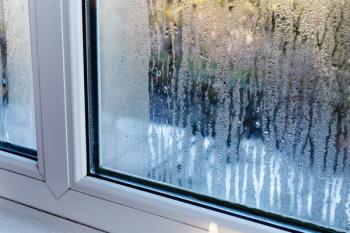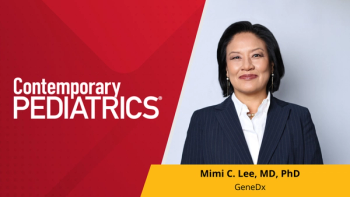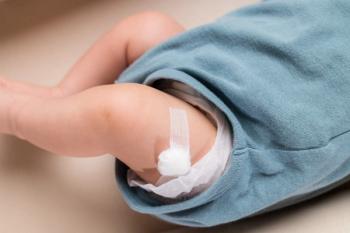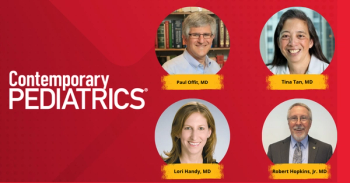
- October 2025
- Volume 41
- Issue 7
Nirsevimab demonstrates high effectiveness against RSV in healthy term infants
Nirsevimab reduced RSV-related illness by up to 98% and lowered the amount of hospitalizations and health care use among healthy term infants in a real-world study.
In a large observational cohort study conducted at Kaiser Permanente Northern California (KPNC), the long-acting monoclonal antibody nirsevimab was found to be highly effective in preventing respiratory syncytial virus (RSV)–associated lower respiratory tract disease (LRTD) in healthy term infants during the 2023-2024 RSV season. The study findings also demonstrated a significant reduction in RSV-related health care utilization among immunized infants.
The study included 31,900 healthy term infants born between April 1, 2023, and April 30, 2024. Among them, 15,647 (49.1%) received nirsevimab. Infants were excluded if they were born preterm, had high-risk conditions, or were born to mothers who received an RSV vaccine during pregnancy. The primary outcomes were the incidence of polymerase chain reaction (PCR)–confirmed RSV LRTD and the number of medical encounters associated with RSV LRTD.
There were 35 first episodes of RSV LRTD (6.10 per
1000 person-years [PY]) among nirsevimab-immunized infants compared with 462 episodes (58.51 per 1000 PY) among nonimmunized infants. Nirsevimab was associated with an adjusted effectiveness of 87.2% (95% CI, 81.7%-91.1%; P < .001) against RSV LRTD. The adjusted effectiveness against hospitalized RSV LRTD was 98.0% (95% CI, 85.1%-99.7%; P < .001). For any PCR-confirmed RSV episode, regardless of LRTD diagnosis, the adjusted effectiveness was 71.0% (95% CI, 65.3%-75.8%; P < .001).
Among immunized infants who developed RSV LRTD, there were fewer total medical encounters (mean, 2.14 per episode) compared with nonimmunized infants (mean, 2.69 per episode). Linear regression showed that immunized infants had 0.86 fewer encounters per episode (95% CI, −1.36 to −0.36; P = .001).
Nirsevimab-immunized infants also had significantly lower odds of hospitalization (OR, 0.11; 95% CI, 0.01-0.85; P = .035) and emergency department visits (OR, 0.30; 95% CI, 0.13-0.67; P = .003) than nonimmunized infants.
The findings were consistent across sensitivity analyses, including exclusion of cases occurring within 2 or 7 days post immunization and those involving infants who received nirsevimab at 8 months or older. Nirsevimab was not associated with protection against PCR-confirmed influenza (P = .67), suggesting minimal residual confounding.
“Our findings suggest that nirsevimab was highly effective in protecting against RSV-associated lower respiratory tract disease as well as against milder RSV infection,” the authors wrote.
The authors noted several strengths, including the large, diverse cohort and the consistent availability of nirsevimab throughout the RSV season. Additionally, routine PCR testing at KPNC allowed for the identification of both mild and severe RSV cases.
Limitations included potential unmeasured confounding related to social factors, such as day care attendance and household exposure. The study also excluded high-risk infants and may not be generalizable to other populations or geographic regions.
In conclusion, the real-world evidence supports the routine use of nirsevimab for the prevention of RSV disease in healthy term infants, which aligns with the current recommendations from the Advisory Committee on Immunization Practices.
Reference
Hsiao A, Hansen J, Fireman B, et al. Effectiveness of nirsevimab against RSV and RSV-related events in infants. Pediatrics. 2025;156(2):e2024069510. doi:10.1542/peds.2024-069510
Articles in this issue
about 2 months ago
Screening for suicide ideation and suicide attempts is a priority2 months ago
Letter from the editor, October 20253 months ago
5-week-old with blood under the tongue3 months ago
Vaccines remain the cornerstone of child health3 months ago
Physicians give AI scribes a thumbs-upNewsletter
Access practical, evidence-based guidance to support better care for our youngest patients. Join our email list for the latest clinical updates.








